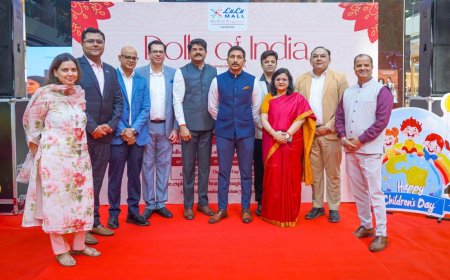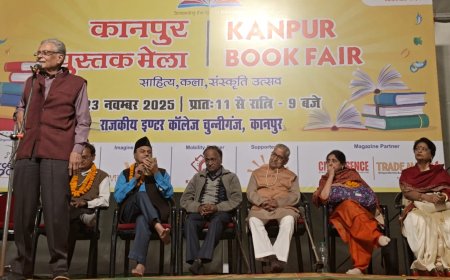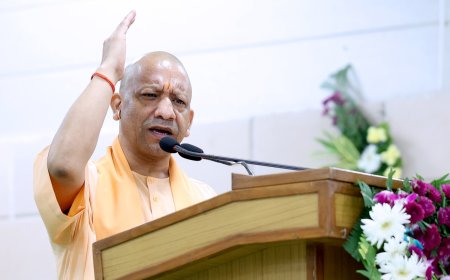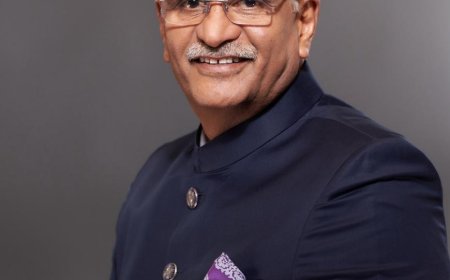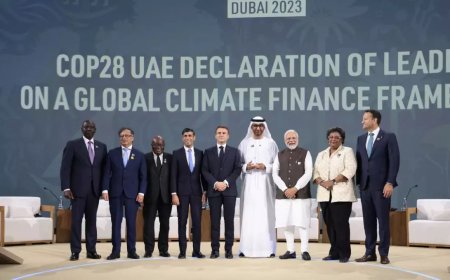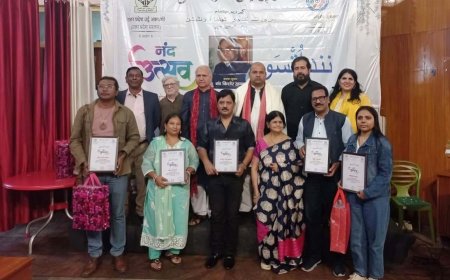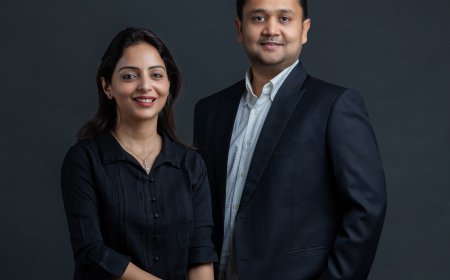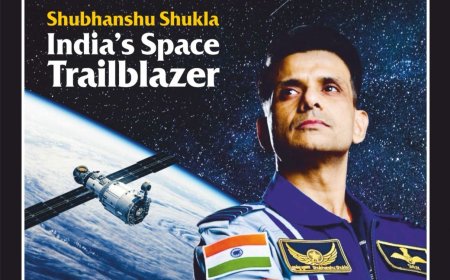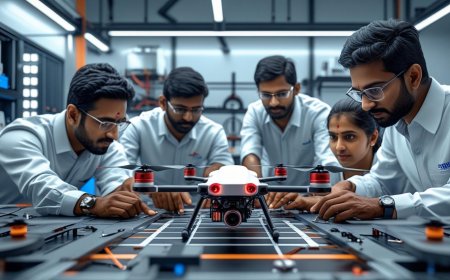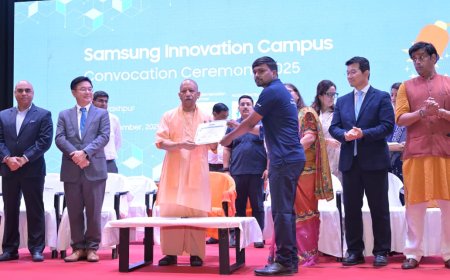Stream, Swipe, Soar: Gadgets That Make Every Moment Epic
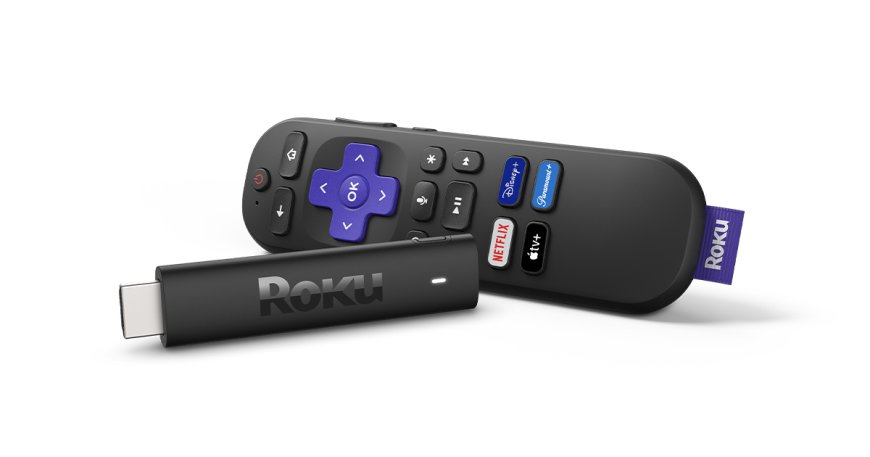
The world of modern gadgets in 2025 is a dazzling whirlwind of innovation, where sleek designs, artificial intelligence, and sustainable tech converge to reshape how we live, work, and dream. It’s not just about shiny new toys; it’s about technology weaving seamlessly into our lives, making them richer, greener, and more intuitive. As Steve Jobs once said, “The over-all point is that new technology will not necessarily replace old technology, but it will date it. By definition. Eventually, it will replace it.” That’s exactly what’s happening now—a quiet revolution driven by devices that feel like magic, echoing Arthur C. Clarke’s timeless insight: “Any sufficiently advanced technology is indistinguishable from magic.”
Imagine slipping on a Samsung Galaxy Ring, a featherlight band that tracks your heart rate, sleep patterns, and skin temperature, delivering a daily energy score to guide your wellness. It’s not a clunky smartwatch but a whisper of tech on your finger, powered by a solid-state battery that lasts longer than ever. Or picture Meta’s Ray-Ban Smart Glasses, blending iconic style with a 12 MP camera and live translation, letting you capture moments or converse across languages hands-free. These aren’t just gadgets; they’re extensions of us, fulfilling Matt Mullenweg’s vision that “Technology is best when it brings people together.”
At home, the Ring Always Home Drone Cam glides through your space, a tiny sentinel checking for open windows or intruders, integrating with smart ecosystems to keep you secure. It’s affordable, futuristic, and a nod to Stewart Brand’s warning: “Once a new technology rolls over you, if you’re not part of the steamroller, you’re part of the road.” Meanwhile, the Google Pixel Tablet transforms from a productivity powerhouse to a smart home hub, its speaker dock filling rooms with sound while controlling your lights and thermostat. It’s a device that embodies Bill Gates’ belief that “The advance of technology is based on making it fit in so that you don’t really even notice it, so it’s part of everyday life.”
Then there’s the SonicBrush, a marvel that cleans every tooth in 30 seconds, shaving minutes off your morning rush—because who has time for two-minute brushing in 2025? Or Huawei’s gesture-control phone, where a flick of your wrist drags files to a foldable tablet, blending phone and tablet into one fluid experience. It’s the kind of innovation Elon Musk champions when he says, “Every once in a while, a new technology, an old problem, and a big idea turn into an innovation.” Even entertainment gets a makeover with Roku’s USB-powered streaming sticks, turning any TV or projector into a portal for endless content, no outlet required.
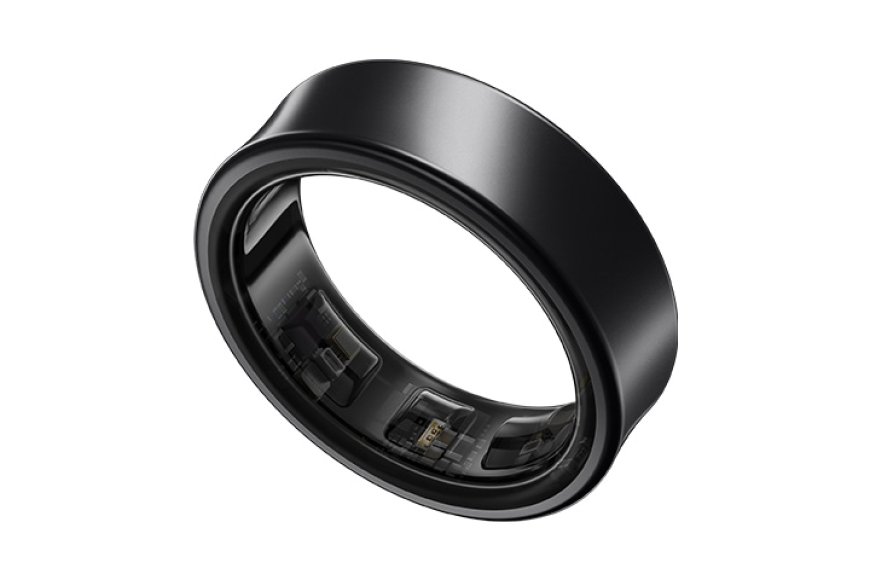
Sustainability is the heartbeat of this era. Solid-state and sodium-ion batteries power these devices with longer life and faster charging, while solar-kinetic hubs bring renewable energy to homes. Health tech, like wearables paired with anti-aging innovations, empowers us to live not just longer but better. Sean Gerety nails it: “The technology you use impresses no one. The experience you create with it is everything.” These gadgets aren’t just functional; they’re transformative, crafting experiences that feel effortless.
Yet, this revolution isn’t without skepticism. Flashy promises abound, and not every prototype delivers. The Ring drone, for instance, is still inching toward widespread release, and pricing for cutting-edge devices like Huawei’s foldables can soar past $1,000. But the momentum is undeniable, as Sundar Pichai, Google’s CEO, observes: “We’re moving from a mobile-first to an AI-first world.” That shift is palpable in gesture-based interfaces, mixed-reality headsets like Apple’s Vision Pro, and AI-driven air conditioners that learn your cooling habits to save energy.
This is technology as a force of civilization, what philosopher Jacques Ellul called “a total phenomenon for civilization, the defining force of a new social order.” It’s not about gadgets for gadgets’ sake but about creating a world where tech serves humanity—intuitively, sustainably, magically. As Satya Nadella, Microsoft’s CEO, puts it, “We’re not just building technology for technology’s sake, but to empower every person and every organization to achieve more.” So, whether it’s a drone guarding your home, a ring tracking your health, or glasses translating a foreign menu, these innovations are here to empower, inspire, and redefine what’s possible.
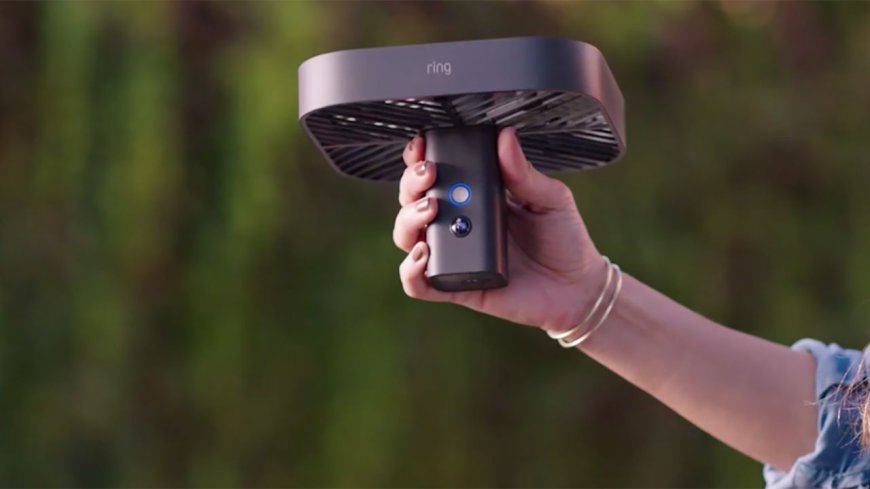
What's Your Reaction?







